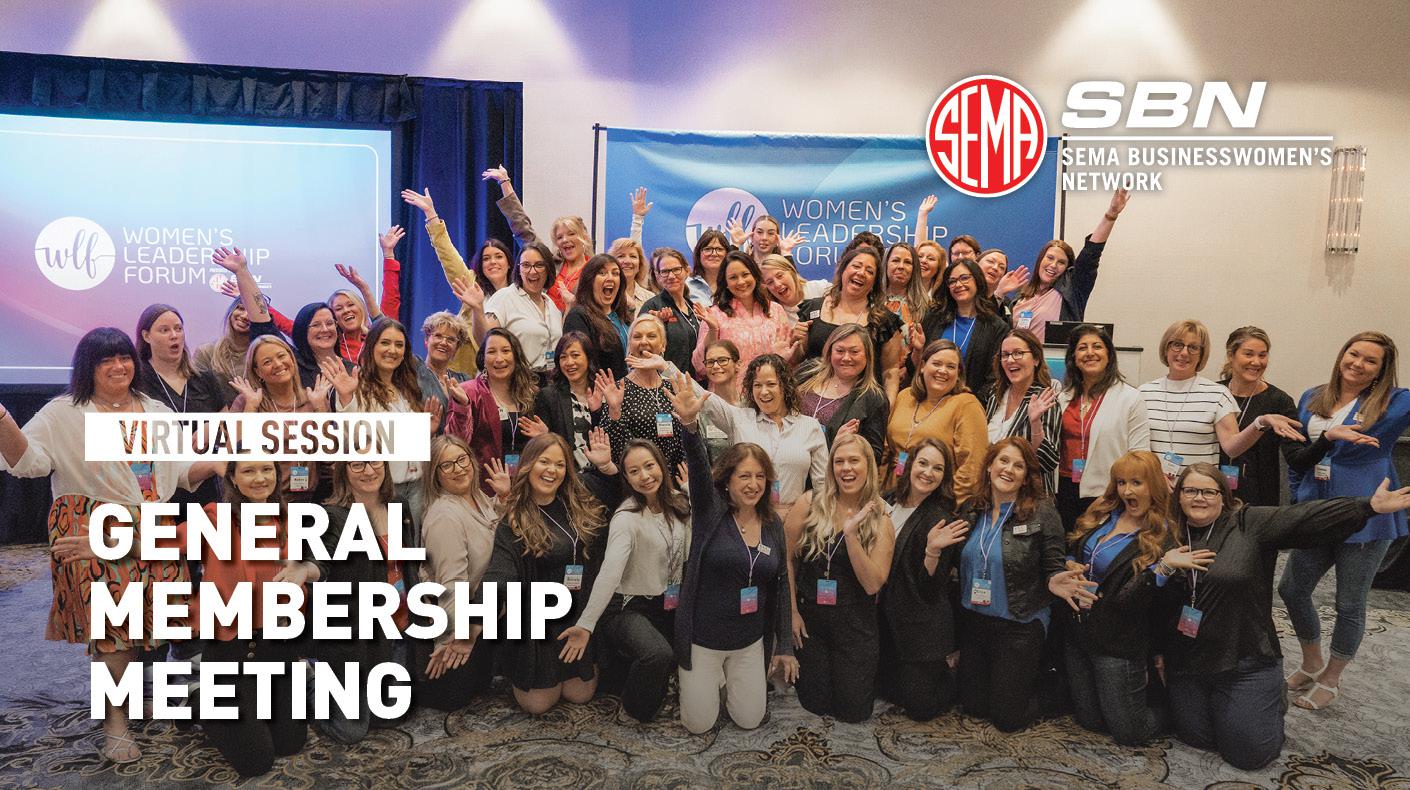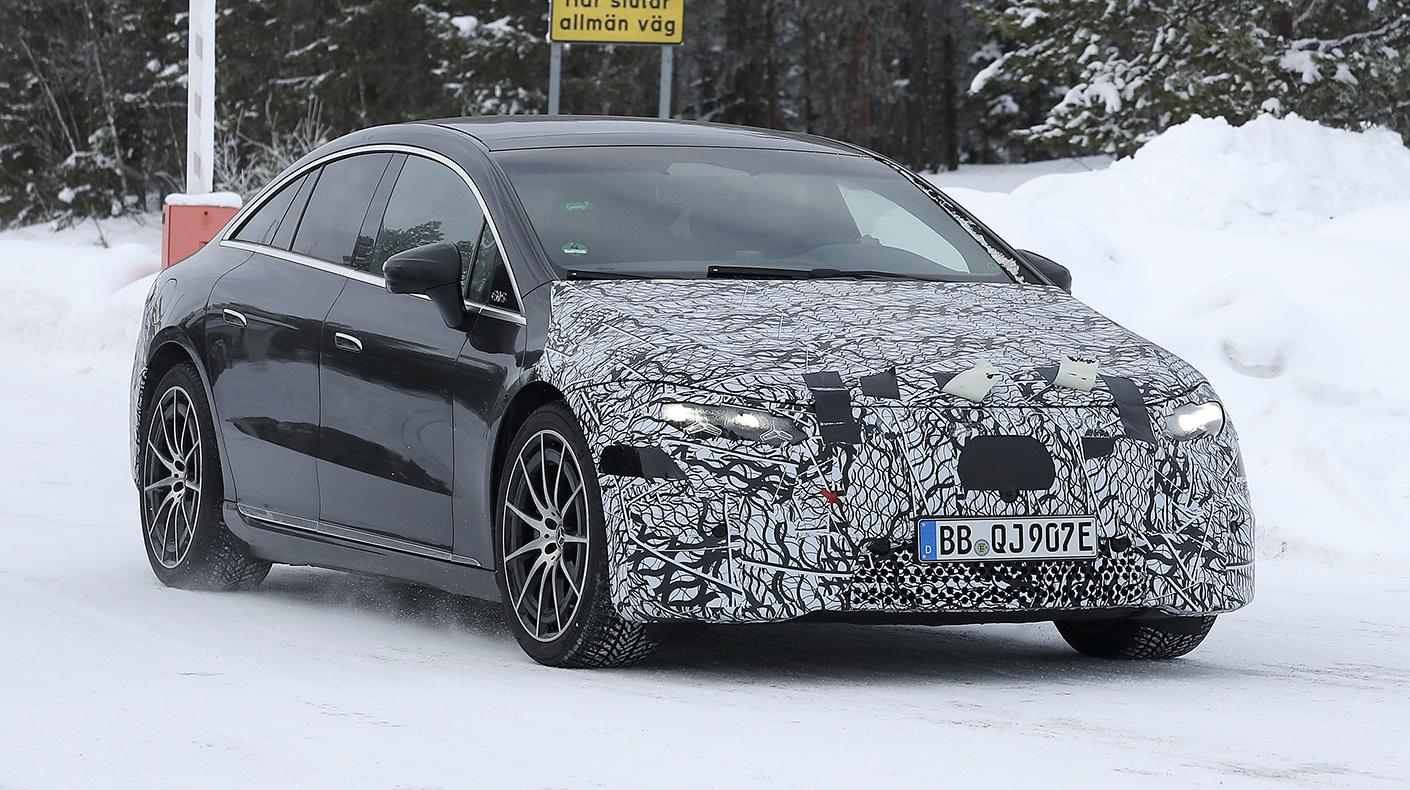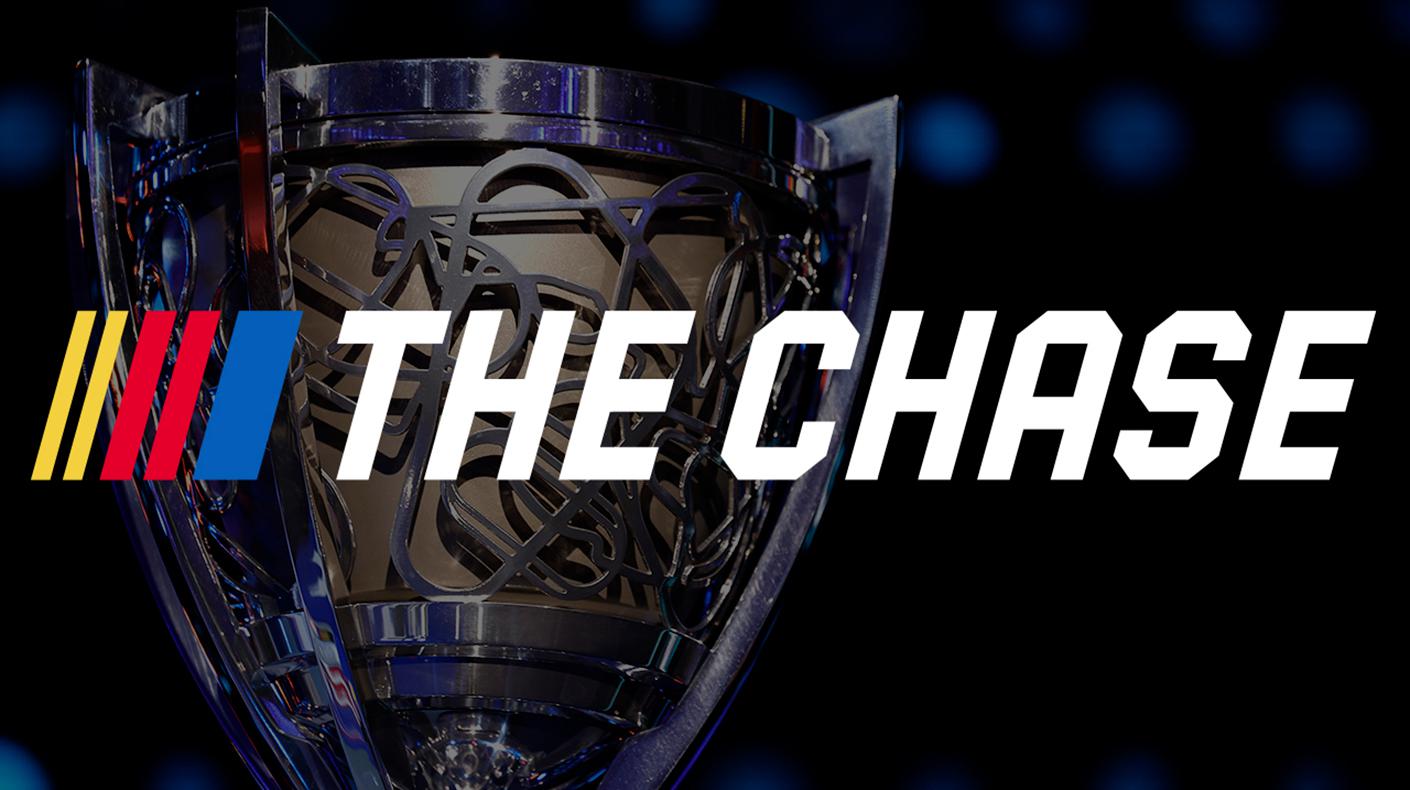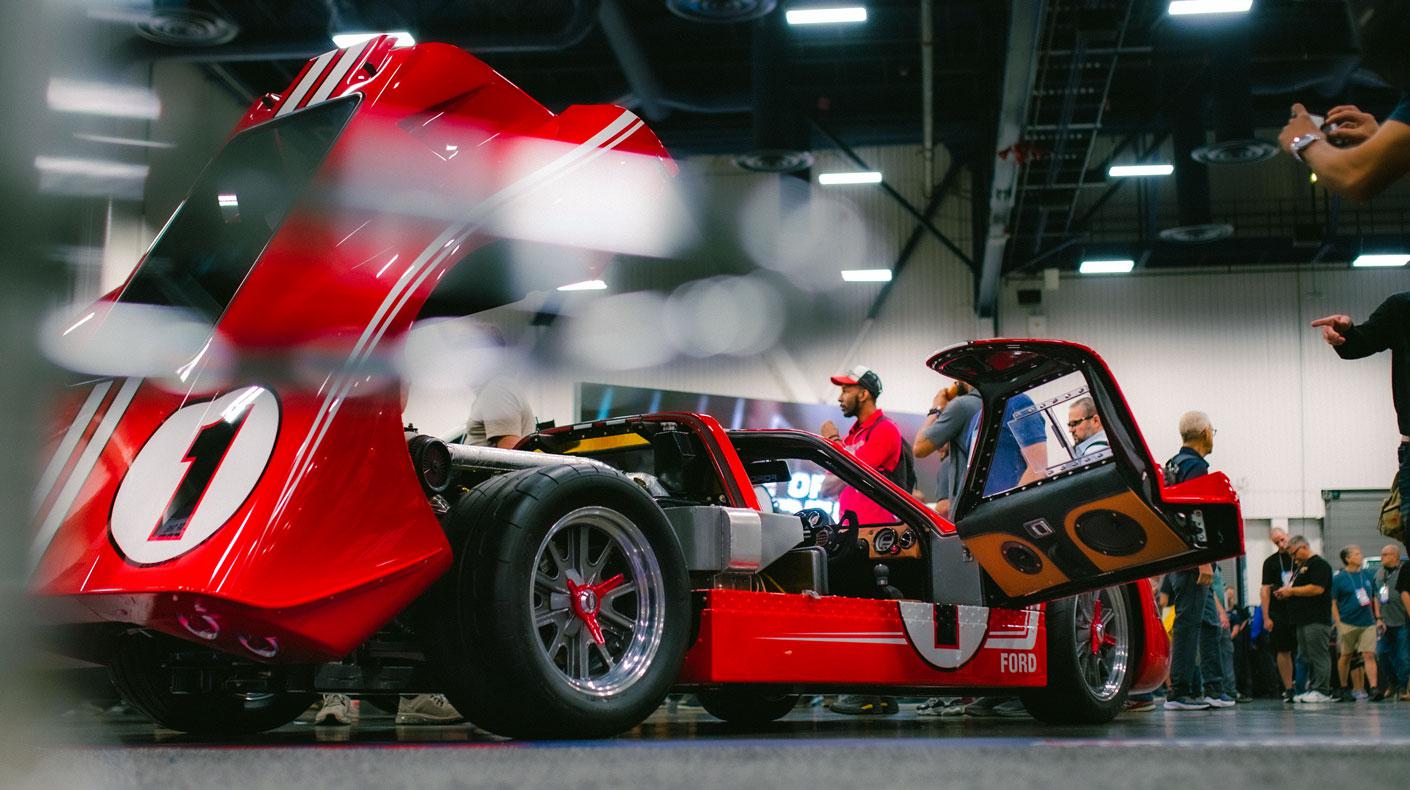By Rachel Tatum
Journalists sat down with exhibitors during last month’s Exhibitor Summit in Las Vegas, sharing proven tips and personal insight on how exhibitors can obtain additional media coverage before, during and after the SEMA Show. |
A press kit (sometimes referred to as a media kit) is the most effective way to communicate with journalists. Because reporters are running from one place to another during the SEMA Show, it’s especially important to have a comprehensive press kit during the event.
A press kit is a packet of information that includes key information about exhibiting companies, products or events, in a format that is easy for reporters to use. SEMA Show exhibitors are invited to display their media kits at the SEMA Show Media Center (Room S229), where reporters spend a great deal of time during the week. While the quantity will vary depending on an exhibitor’s market segment and news, most exhibitors find that 50–100 press kits in the Media Center is sufficient.
The contents of the press kit will also vary, depending on the exhibitor. Some things to consider include:
Press Releases: Editors love press releases. An effective press release allows editors to quickly and easily fill their publications (whether print or digital) with relevant content. Like many businesses, media outlets are often understaffed and editors are challenged with developing content to fill their news outlets in a short amount of time. Draft your press release in a standard news release format, with the “Five Ws” included in the first paragraph. Stick to the facts and avoid opinions, unless it is attributed to an individual in the form of a quote.
Media Contact: Include contact information for the media contact. This should be someone who is available to work with journalists and prepared to accommodate their deadlines. This person does not need to be the product expert or spokesperson, but should be able to coordinate between the expert and the reporter.
Company Fact Sheet: A company fact sheet makes it easy for journalists to develop stories while ensuring key facts about your organization are accurate. Make it easy to read by using simple fonts, bullet points and categories.
Photos, Logos, and Video: While many media outlets post news stories online, many also have printed publications and need high-res images and logos. Include three to five high-res images of your products from varying angles, in high-res for print and a lower-res version for web. You may also want to include a black-and-white version for print publications that do not include color. Consider offering online media links to short videos that capture how the product is used in the real world.
Provide Information Electronically: Provide press materials electronically, whether on a USB drive or via a URL to your company website. The idea is to make it easy for journalist to copy and paste the text. If a reporter only has room for one article, and they have the choice between a press release that is available electronically, versus one that they have to re-type manually, they will likely choose the electronic version.
Presentation: Media kits are typically packaged in a simple two-pocket folder. If your company has wide brand awareness, your company name may be all you need on the folder. If you’re newer to the industry, you may want to include some graphics to grab the attention of journalists in your market segment. Consider including a few press kits in the Media Center as well as in your booth.
For additional tips to generate SEMA Show media coverage or for assistance with media outreach during the SEMA Show, contact Rachel Tatum at rachelt@sema.org or 909-978-6669.





